
Welcome to my portfolio page! I am a cultural anthropologist specializing in nomadic culture, heritage, and globalization. I care deeply about culture and sustainability as priorities for global development. I believe that ethnography, and the humanities more generally, can have a positive role in shaping our understandings of the present and our visions for the future. The projects highlighted below illustrate some aspects of my professional work.
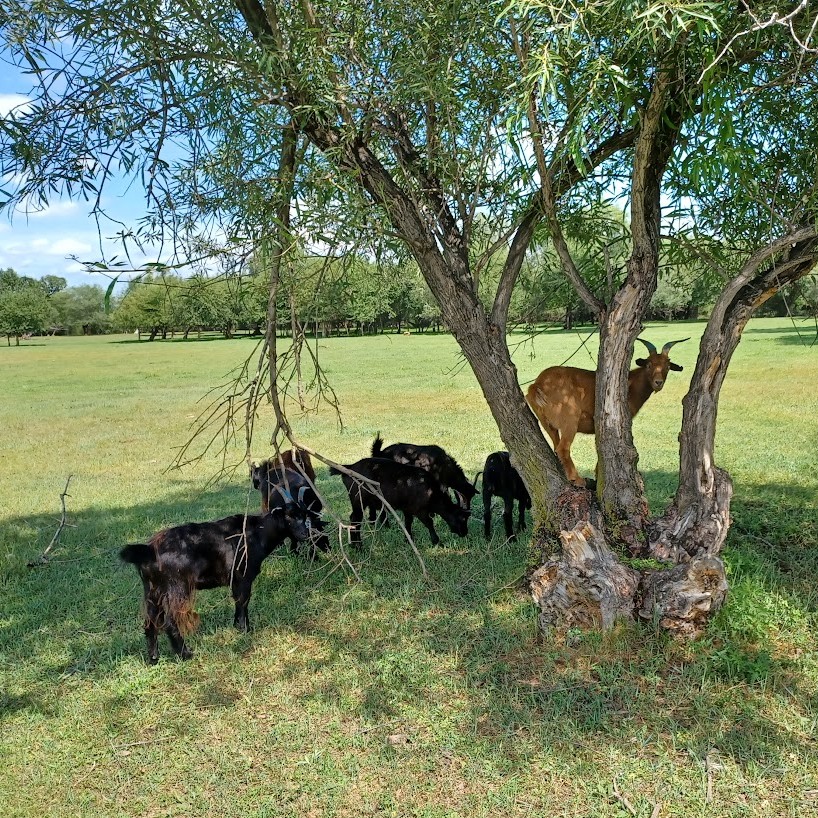
Untangling the ethics of 'sustainable' cashmere
In collaboration with the International Institute for the Study of Nomadic Civilizations under the auspices of UNESCO (IISNC), I have completed a SSHRC-funded pilot research project investigating narratives about ethics and sustainability in cashmere commodity chains. Although several clothing brands currently advertise sustainable cashmere products, there is no shared definition of what actually makes a garment “sustainable” or “ethically-produced”. And unlike global brands, Mongolian herders often describe sustainability in terms of mobility rights, autonomy, and cultural survival. Outputs from our project include five Mongolian-language reports, two open datasets comprising coded ethnographic interviews and marketing materials, and a bibliographic database.
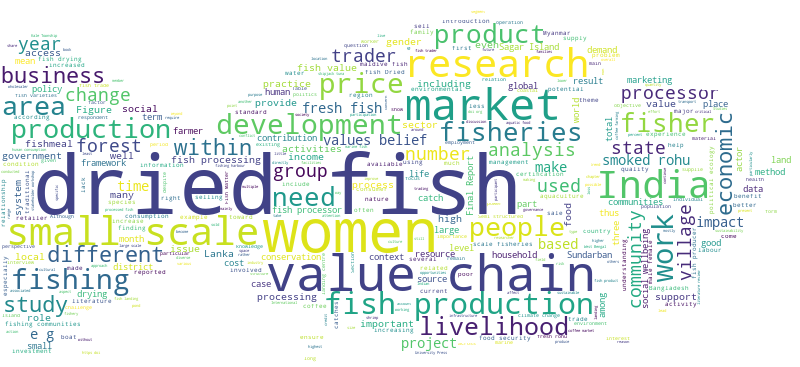
Reviewing 1000 publications on dried fish
The wordcloud above was generated by a simple python script to represent the significant terms in a sample of 1130 publications on dried fish, analyzed as part of a major literature survey and cataloguing initiative for the Dried Fish Matters SSHRC Partnership Grant. As part of this same project I developed a command-line software tool for bibliographic analysis and an online graphing tool. I describe this initiative in an extended technical and methodological note.

Visualizing Social Economies: Dried Fish Stories from Asia
This 24-minute montage of photos, video, soundscapes, and narration seeks to convey the diversity entailed by social economies of dried fish in Asia. It was created by a team of researchers associated with the Dried Fish Matters project, with editing done primarily by me. See our methodological note on this video as an experiment in knowledge co-creation among researchers, and my commentary on the four stories contained within the video.
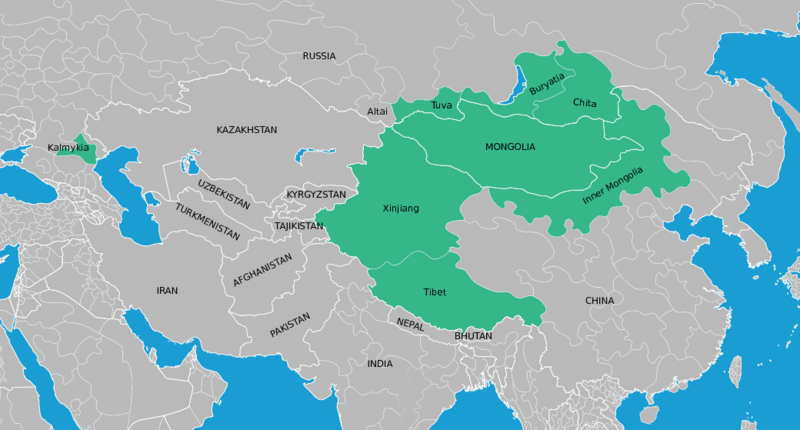
Exploring the Anthropology of Mongolia and Inner Asia
I am the curator of Digital Mongolia, a digital archive of ethnographic materials related to Mongolia and surrounding areas of Inner Asia. Our focus area includes Mongolia itself, Inner Mongolia, the Buryat and Kalmyk areas of Russia, and ethnically Mongolian areas of Xinjiang and Kirghizstan. By presenting material evidence from ethnographic field research, our overall goal is to highlight the value of anthropological knowledge, methods, and perspectives to the general public, both “at home” and in the places in which we work. The archive contains more than 800 items from current and past ethnographic research in Inner Asia.
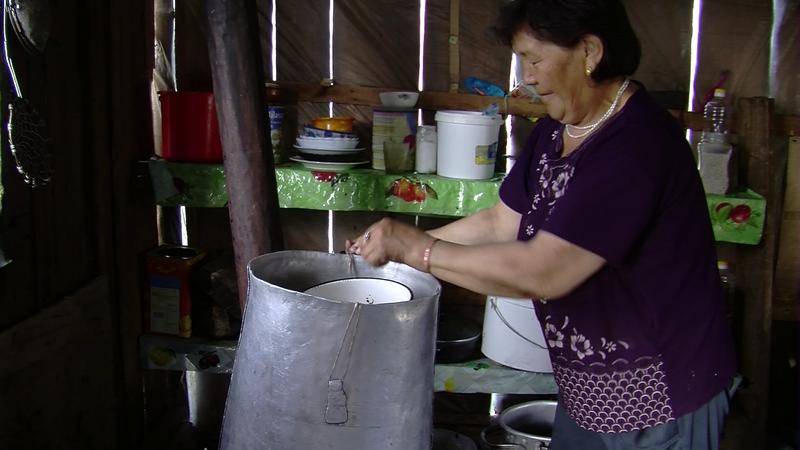
Pastoral dairy production in Mongolia
Milking and processing dairy products constitute a major part of the everyday practices of Mongolian pastoralists, particularly for women. This 21-minute ethnographic film comparatively documents dairying practices among several 12 households in both Gobi (desert) and khangai (forested steppe) regions of Mongolia. The selection of images is intended to show the variety of everyday activities involved in dairying: milking livestock camels, goats, and cattle; feeding livestock; and processing milk into curds and distilled liquor. The associated viewing guide / ethnographic exhibit includes over 250 captioned still images from the video.
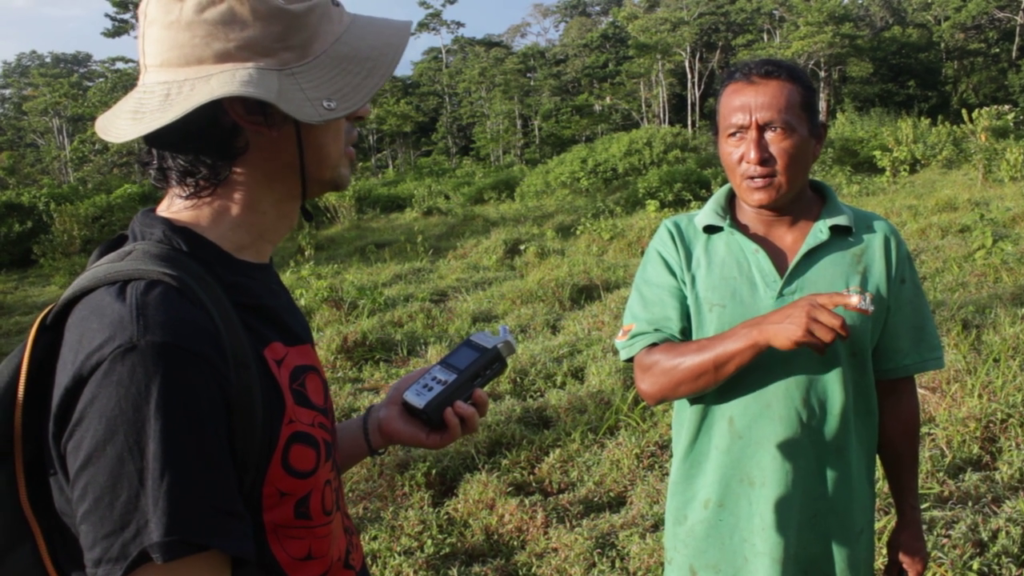
Field recordings from the Caribbean coast of Nicaragua
This video presents footage from a November 2015 field visit to Nicaragua, created within the scope of a three-day international conference in Bluefields, on the theme “Protection of the Cultural and Natural Heritage of Indigenous Peoples and Afro-descendants of the Caribbean Coast of Nicaragua”. The conference was funded by the Wenner-Gren Foundation for Anthropological Research and was co-organized by the University of Winnipeg and the Bluefields Indian and Caribbean University Center for Research and Documentation on the Atlantic Coast (BICU-CIDCA).

Camel coaxing
The “camel coaxing ritual” was inscribed in December 2015 on the UNESCO List of Intangible Cultural Heritage in Need of Urgent Safeguarding. This ritual (töl avakhuulakh, inge khööslökh, ivlekh) involves using song and music to stimulate affective response in livestock who refuse to allow their offspring to suckle. If the ritual is successful, the mother animal succumbs to tearful emotion and gives selflessly of her milk to her calf, thereby allowing herself to be milked by the herder. Since I have personally been involved in several UNESCO intangible heritage nomination processes in Mongolia (though not with this specific nomination), I take particular interest in this case and in the anthropological insights we might bring to it. Coaxing rituals reflect the Mongolian assumption animals are sentient beings capable of emotional response, which can be stimulated by vocalizations, music, and song.
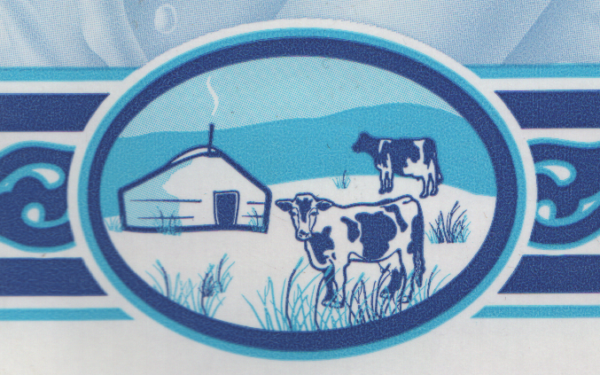
Pure milk
My study of Mongolian “pure milk” looks at some of the ethnic dimensions of milk marketing and online discourse by Mongolian dairy consumers. Mongolia has 12 times as many cows per capita than Canada, but still imports over 6 thousand tonnes of powdered milk per year. This reliance on imported milk is largely due to the difficulty of assimilating “traditionally” produced milk (from mobile pastoralists) into industrial production chains. Specifically, there are challenges in maintaining quality control and production stability when the milk comes from dispersed, small-scale pastoralists who produce milk on a seasonal basis. International food safety standards position industrial milk as “safer” due to tightly controlled processes, but they also create uncertainties for Mongolian consumers, since industrially processed milk incorporating imported milk powder is evidently “artificial”. As I suggest in the article, this creates a kind of malaise since milk has strong cultural connotations of purity–as a product of nature/biology and human-livestock relations–whereas imported food products, and particularly Chinese foods, are widely considered artificial or even poisonous.
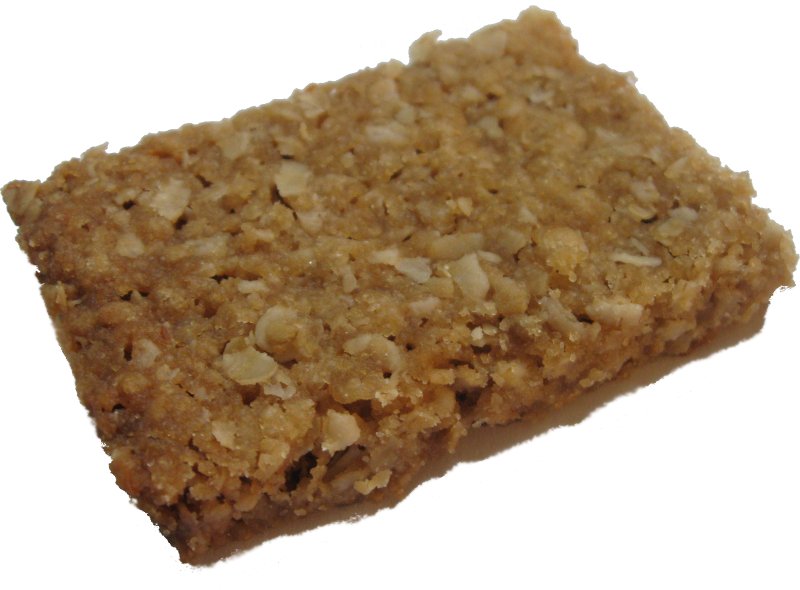
Oatmeal Squares Collective
The Oatmeal Squares Project is a prototype website I put together a few years ago, as an experiment in intertextuality and digital ethnographic methods. The idea was to look at how we might capture practices from everyday life, using a combination of visual and narrative techniques, in ways that expose the commonalities and differences of these practices as they are experienced by different people at different times. The kitchens link shows time-lapse photographs of cooking in three different kitchens.